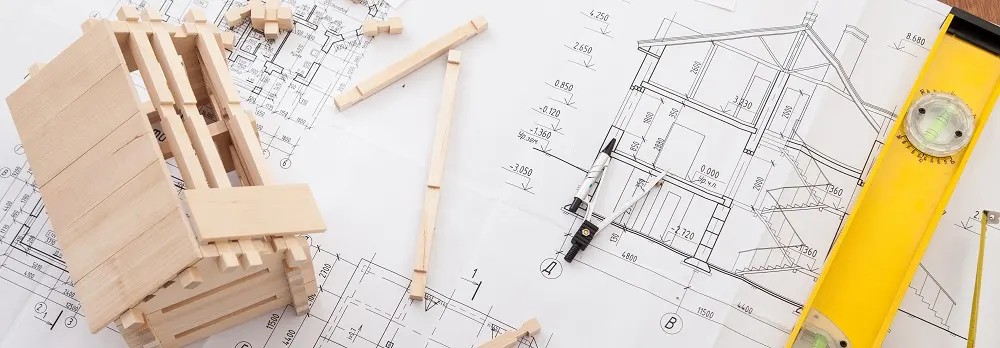A 9-Step Walk Through Roofing Project
Replacing a roof is a significant home improvement project that can seem daunting. However, with the right guidance and understanding of the process, homeowners can confidently navigate each step. This article will walk you through the key stages of selecting and replacing your roof, ensuring a successful project and a home that’s protected for years to come.
Step 1: Assessing Your Current Roof
The first step is determining whether your roof needs replacement. Signs of damage include missing or curling shingles, leaks, water stains on ceilings, or visible sagging. If you’re unsure, consult a professional roofing inspector. They can provide an accurate assessment and help you decide if repair or replacement is necessary.
Step 2: Setting Your Budget
Roof replacement costs vary widely, depending on the size of your roof, the materials you choose, and labor expenses. Establish a budget early, factoring in both material and installation costs. It’s also wise to include a contingency fund for unexpected issues, such as structural damage beneath the old roof.
Step 3: Choosing the Right Roofing Material
The material you select will impact your roof’s longevity, aesthetics, and cost. Here are common options:
– Asphalt Shingles: Affordable, durable, and available in various styles.
– Metal Roofing: Long-lasting, energy-efficient, and ideal for areas with extreme weather.
– Tile Roofing: Elegant and durable, but heavier and more expensive.
– Wood Shingles/Shakes: A natural, rustic look, though they require more maintenance.
– Slate Roofing: High-end and incredibly durable, but one of the most expensive options.
Consider your climate, home’s architectural style, and personal preferences when making your choice.
Step 4: Hiring a Roofing Contractor
Selecting the right contractor is crucial for a smooth project. Research local contractors, read reviews, and ask for recommendations. Obtain multiple quotes and verify credentials, such as licensing, insurance, and certifications. A reputable contractor will provide a detailed estimate, timeline, and warranty information.
Step 5: Planning the Project
Once you’ve chosen a contractor, discuss the project’s timeline and logistics. This includes:
– Permits: Ensure all necessary permits are obtained.
– Material Delivery: Confirm when materials will arrive.
– Home Preparation: Clear outdoor areas and protect items in your attic.
– Communication: Establish a point of contact for questions or concerns.
Step 6: Roof Removal
On the project’s start date, the old roofing material will be removed. This process may expose hidden issues, such as rotting wood or inadequate ventilation. Addressing these problems during the project ensures a solid foundation for your new roof.
Step 7: Installing the New Roof
Your contractor will install the new roofing material according to manufacturer specifications and building codes. This stage includes:
– Installing underlayment for moisture protection.
– Adding flashing around chimneys, vents, and other vulnerable areas.
– Laying down shingles, tiles, or panels.
– Ensuring proper ventilation to prevent future issues.
Step 8: Cleanup and Inspection
A professional contractor will thoroughly clean the site, removing debris and nails. Conduct a final walkthrough with the contractor to ensure everything meets your expectations. Don’t hesitate to ask questions or request adjustments if needed.
Step 9: Maintaining Your New Roof
To extend the life of your roof, perform regular maintenance. Keep gutters clear, trim overhanging branches, and inspect the roof after severe weather. Schedule periodic professional inspections to catch minor issues before they become major problems.
Final Thoughts:
Replacing your roof is a significant investment, but following these steps can help you make informed decisions and achieve a successful outcome. With proper planning, the right materials, and a trusted contractor, your new roof will provide protection, comfort, and value for years to come.



